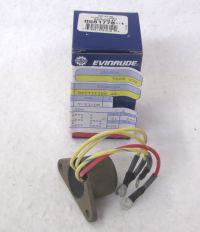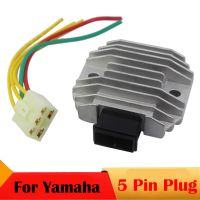Hello, I have an evinrude outboard engine 60km, in which the voltage regulator fell, getting the original hard and if it could be a price between 200-300 PLN. The original controller has 4 wires, yellow, yellow-gray, yellow-blue, and red, the weight is from the housing. 3 yellow cables come out from under the magnet that match the colors. On the Allegro I found a regulator from Honda which has 5 wires, red 3 yellow and black, we know black ground, red battery output and 3 yellow connected to the coils. the question is, do the yellow wires need to be connected in any order or is it neutral?






